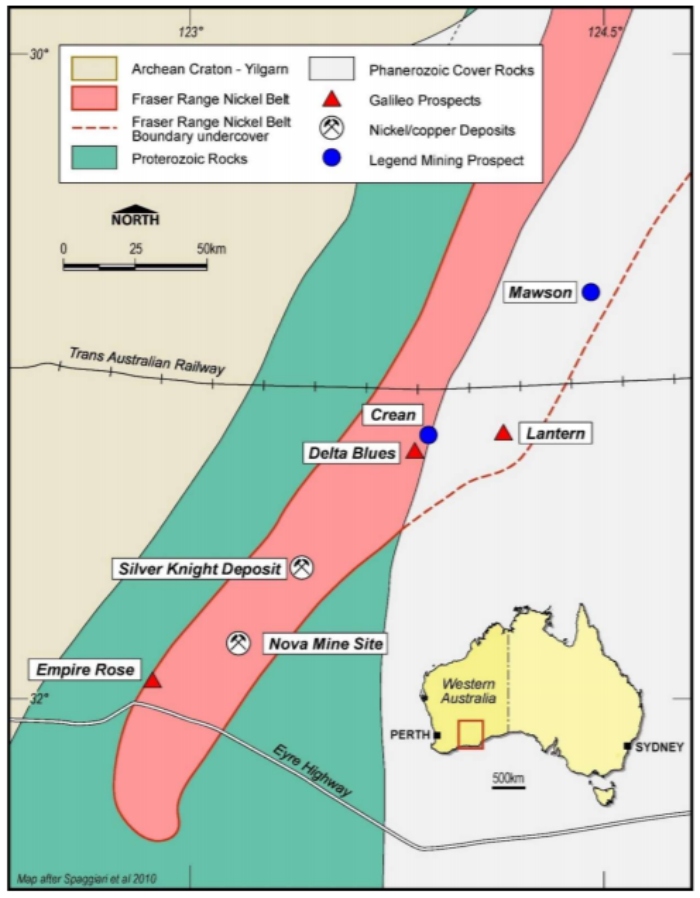Facing the ice age: Aggression in the workplace

Emergency department nurse unit manager Christopher Waters has seen the risk to health service workers skyrocket as ice increases its grip on regional communities. And he has experienced that risk first-hand. When someone is found overdosing, displaying manic behaviour or being violent due to ice they are taken to the local hospital. Then it becomes the hospital's issue to look after them. READ ALSO: Don't keep your strong pain medicines 'just in case' At the recent Special Inquiry into the drug "ice", Commissioner Professor Dan Howard heard about the impact amphetamine-type stimulants (ATS) such as ice can have on workers in the hospital system. "I frequently encounter ATS users who are intoxicated in the emergency department. I have been assaulted by intoxicated ATS users," Dubbo-based Mr Waters said. "Such patients are difficult to manage, I have experienced instances where [ice] users had to be restrained and/or sedated and instances where police and security had to become involved." READ ALSO: How low can rates go? Police and security guards are often on-hand when a patient is behaving erratically or violently, and although the hospital has systems in place for these occasions, experts feel there are elements missing. "People on amphetamines are quite violent and enormously strong. When police bring them into the hospital they may be handcuffed and three constables will manhandle them," Wellington GP Dr Ian Spencer said. "Patients are brought to hospital if they are out of control, such as when they are undergoing an episode of psychosis or following a domestic violence incident. The police stay long enough to ensure they are not a risk to safety." Space is a factor for all hospitals battling with the ice epidemic. "We do not have anywhere to put ATS users who do not require mental health treatment. There are no specific wards for those patients and there some patients end up in the emergency department for extended periods of time," Dr Spencer said. Mr Waters believes there needs to be more training for staff. READ ALSO: Food budget $7/day per aged care resident "I do not feel there are sufficient treatment options available in the ED to address ATS related presentations," he said. "We have some options but there is a lack of facilities. In my view there are not enough staff specifically trained in relation to the repercussions of ice use." THE ice epidemic has spread throughout Australia and although anyone could have been affected, Orange-based doctor Scott Clarke has seen some patterns in the patients he has treated. Dr Clarke is the clinical director for mental health and drug and alcohol services at the Western NSW Local Health District and he spoke at the Special Commission of Inquiry Into Ice in May. "In my experience people aged between 18 to 50 are more prevalent users of ATS (amphetamine-type stimulants such as ice). ATS users cover a broad age spectrum in the community," Dr Clarke said. "Some common features we see in ATS users are: marginalised in the community; unemployed; also undergoing opiate substitution treatment and admitted to hospital-based psychiatric units." READ ALSO: QLD scientists unlock anorexia genes Of these users Dr Clarke said most ATS users admit to using methamphetamines. "The most prevalent methods of administering ATS, appear to me to be, ingesting and smoking," he said. Dr Clarke said ATS use often contributes to chaotic and potentially dangerous home environments where neglect is possible. The experienced doctor said there have also instances where ATS use is suspected to be implicated in domestic violence situations. DO YOU LOVE LOCAL NEWS? GET ACCESS TO THE ENTIRE WEBSITE BY SUBSCRIBING HERE.
Emergency department nurse unit manager Christopher Waters has seen the risk to health service workers skyrocket as ice increases its grip on regional communities.
And he has experienced that risk first-hand.
When someone is found overdosing, displaying manic behaviour or being violent due to ice they are taken to thelocal hospital.
Then it becomes the hospital's issue to look after them.
At the recent Special Inquiry into the drug "ice", Commissioner Professor Dan Howard heard about the impact amphetamine-type stimulants (ATS) such as ice can have on workers in the hospital system.
"I frequently encounter ATS users who are intoxicated in the emergency department. I have been assaulted by intoxicated ATS users," Dubbo-based Mr Waters said.
"Such patients are difficult to manage, I have experienced instances where [ice] users had to be restrained and/or sedated and instances where police and security had to become involved."
Police and security guards are often on-hand when a patient is behaving erratically or violently, and although the hospital has systems in place for these occasions, experts feel there are elements missing.
"People on amphetamines are quite violent and enormously strong. When police bring them into the hospital they may be handcuffed and three constables will manhandle them," Wellington GP Dr Ian Spencer said.
"Patients are brought to hospital if they are out of control, such as when they are undergoing an episode of psychosis or following a domestic violence incident. The police stay long enough to ensure they are not a risk to safety."
People on amphetamines are quite violent and enormously strong. When police bring them into the hospital they may be handcuffed and three constables will manhandle them.
Dr Ian Spencer.
Space is a factor for all hospitals battling with the ice epidemic.
"We do not have anywhere to put ATS users who do not require mental health treatment. There are no specific wards for those patients and there some patienRead More – Source
[contf]
[contfnew]

Nyngan Observer
[contfnewc]
[contfnewc]




